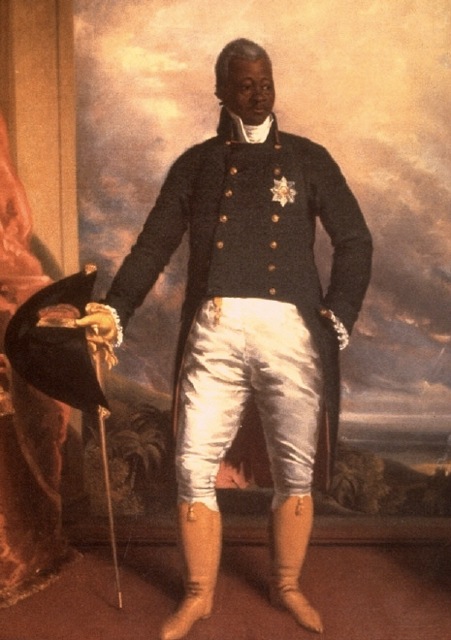Jan
31
El Reino de Este Mundo 2
Posted by: | January 31, 2010 | Comments Off on El Reino de Este Mundo 2
I found this book to be very interesting for a few reasons. First, because I found it easier to read than the first (I will subsequently explain why) and second, because of the way it presents historical information.
My first point was the reading ease. this has a lot to do with the fine lines between reality and magical realism. In the first book, the lines between what was real and what wasnt were very fine, and often reality and the imaginary were completely mixed in to created the story presented. In this book however, I found the distinction between that which is fantastic and that which isnt to be more clearly defined, with the historical characters, settings and events being clearly real and the magical mostly being present when it came to the character’s thoughts and interpretations. Obviously the whole story is somewhat fantastic because Ti Noel, the element that holds the book together, is an imaginary character but the descriptions are very clear and would reflect the sights that could be seen by anyone of the time, therefore reality was quite clear.
Second, I enjoyed the way in which this novel serves as to preserve not only historical events but also the athmosphere and the environment that existed at the time. The author uses a tremendous amount of descriptions, which I found not only made this book an easier read but also served the ingenious purpose of constructing a historical record within the storyline. What I mean by that is for example in the part entitled "Sans-Souci" (without worry), TiNoel walks by a lot of buildings and daily life activities that do not tremendously add to the story. These buildings and other elements are however described with tremendous detail, making this book not only a story but some kind of record of the architecture, religious structures, culture, anthropology, and other elements of the past. The descriptions are so detailed and numerous that it seems as though the author is trying to paint a picture with his thousand words. and not a vague one in which your imagination is called upon to fill in the details as most books do, but such a precise one of the buildings, for example, that make of this book not only a story but also a historical record of random things such as architecture, for example.

